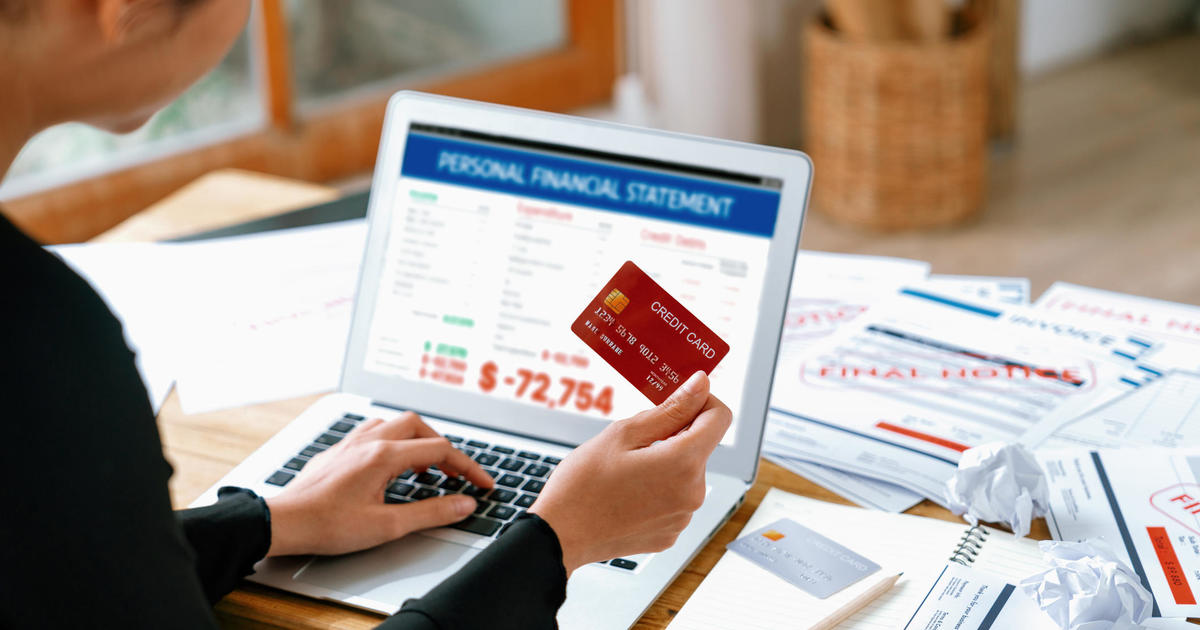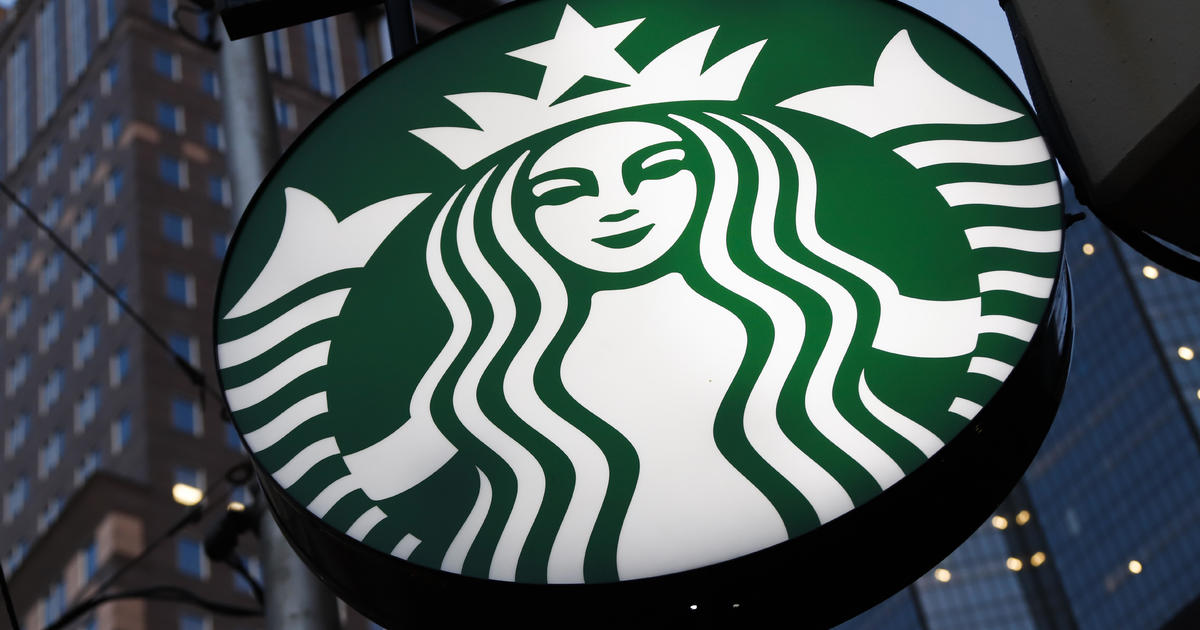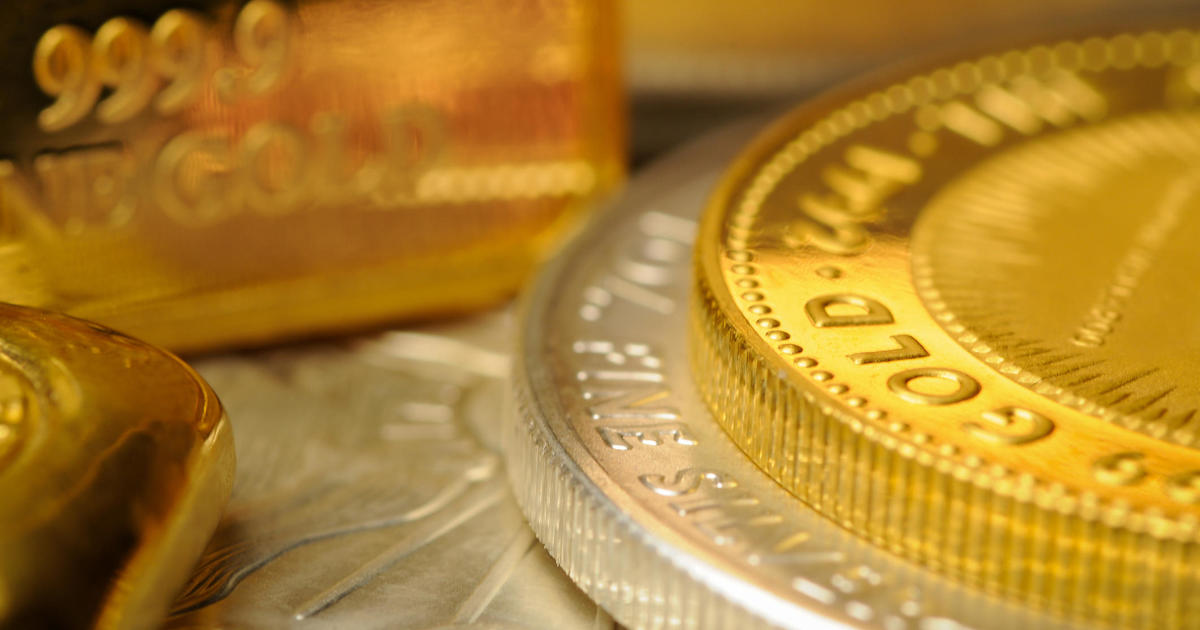Surge pricing creeps over to restaurants, bowling alleys
We've all seen airline ticket prices vary based on seat location in the aircraft and the plane's time and date of departure, but other businesses, like restaurants and theaters, are increasingly changing their prices as well to better balance supply and demand.
The tactic, commonly referred to as surge pricing, or dynamic pricing, was once largely limited to large corporations in the airline and ride-share spaces.
Now fitness studios, movie theaters, bowling alleys and even restaurants are charging customers different prices for the same goods and services, to better regulate customer demand — and effectively cater to consumers who are willing to pay up.
Sorting out which customers will pay more
"Restaurants often have trouble balancing demand and supply so if there's an unexpected surge of reservations for example, they might not have enough tables," said Robert Shumsky, professor of operations management at the Tuck School of Business at Dartmouth.
A restaurant could simply turn away customers it doesn't have room for, or raise prices in real-time "to try to sort out which customers are more willing to pay for that special time," Shumsky said. "And it's more and more prevalent in a variety of industries and you'll see it on your apps and when you visit your restaurant or amusement park or even your bowling alley."
Moviegoers can choose to save or splurge on tickets at AMC movie theaters, which recently announced a new pricing structure under which tickets for seats cost different amounts based on their location in a given theater.
"A flood of information"
Businesses once relied on expensive software and algorithms to determine pricing structures that would help them maximize profits. Now businesses of all sizes have access to more data around consumer preferences.
Reservation apps, for example, collect valuable data around what times are busiest for restaurants.
"They know how many customers are needing a service and this gives them a flood of information that allows them to make better decisions on prices," Shumsky said.
He argues that consumers have become more accustomed to the surge pricing phenomenon in their daily lives, too.
"I think people have grown used to the idea that prices can change in real time for some services, so you see it creeping into new industries over time," Shumsky said.
Those who are willing to pay up might not get the best deal, but they'll get a reservation, or whatever service it is that they're willing to pay extra for. Conversely, consumers on a budget can visit a theater at an off-peak time for cheaper seats.
"Consumers of course are always welcome to vote with their feet," Shumsky said.
Surge pricing can making planning ahead difficult — if for example you've budgeted for an activity that suddenly changes in price.
"When you can't plan because prices are varying so dramatically over time, it makes life more difficult," Shumsky said. "And consumers can decide not to frequent a particular service because of that."



